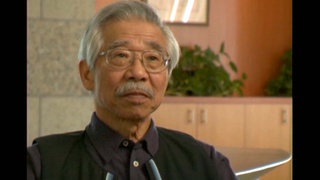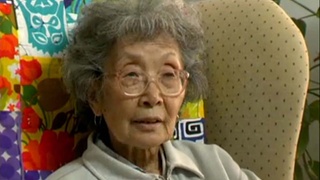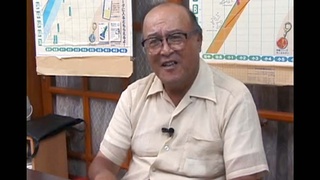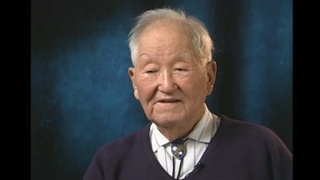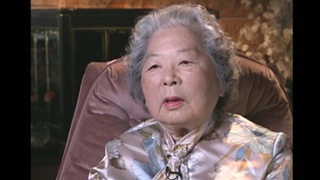Interviews
Being an outsider
When you got back like to San Bernardino. You know, there—there isn’t a community there. There’s uh, maybe two other families that I know of. The Abes and the…. I can’t remember the other family’s name but that was it, you know. There was some migrant workers that were there before the war, but after the war, there was just us, you know, the three families.
And uh, I grew up in a barrio area, which is a Spanish speaking area so my parents spoke uh, Spanish, Japanese, and English. And, I can do the counting and the ordering of—you know I can name the foods and things like that because of that experience.
But you grew up realizing that you, or I did any way that that’s the way I came out of it is that, I’ve always been an observer of being on the outside and looking in on people, not being—feeling that I’m a part of it. That’s with art, that’s with society in general.
Date: September 8, 2011
Location: California, US
Interviewer: John Esaki, Kris Kuramitsu
Contributed by: Watase Media Arts Center, Japanese American National Museum

